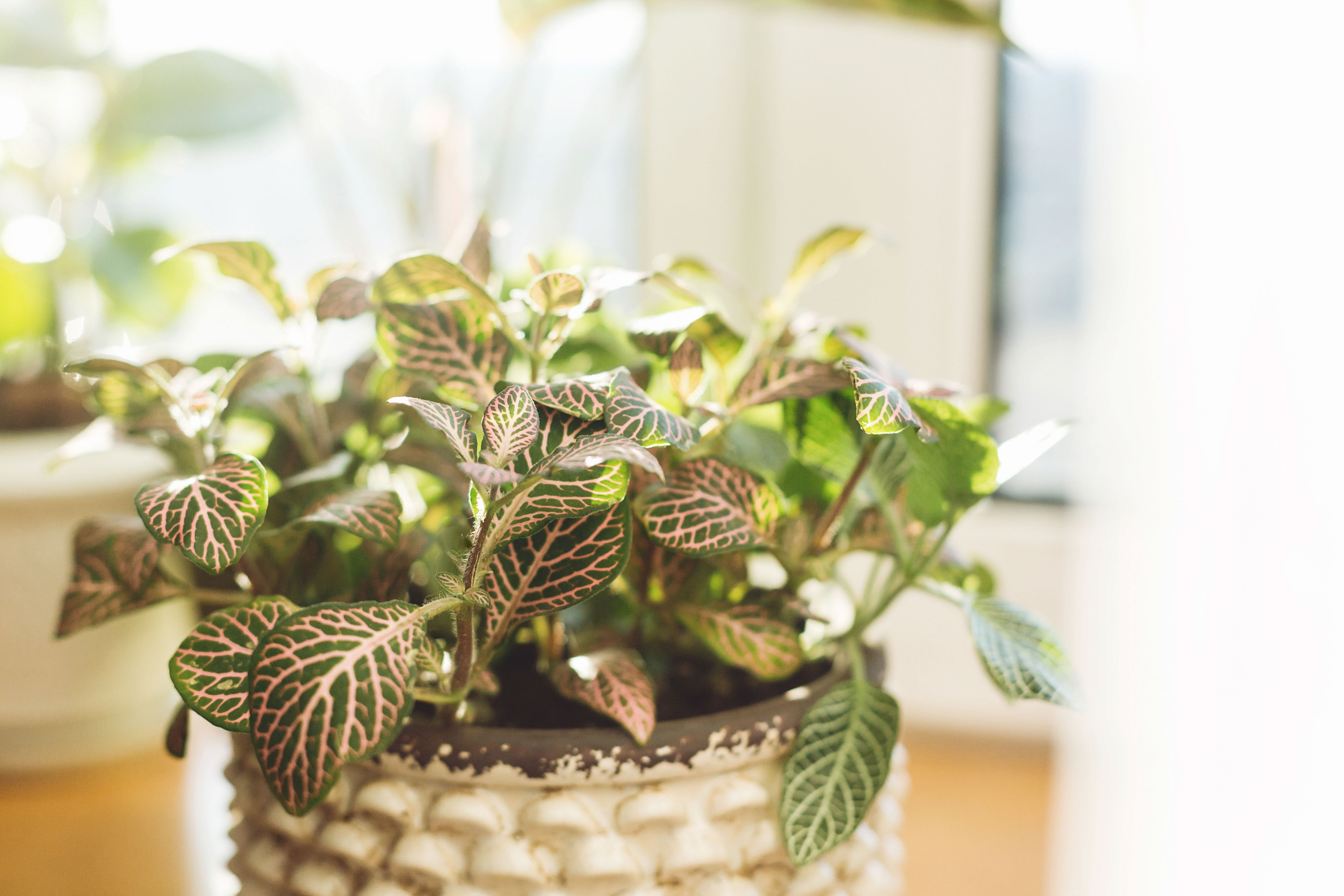With the nights drawing in, creating a cosy look and feel in your home becomes more important than ever. From adding rugs and textiles to lights and scented candles, here is our guide to making your home feel warmer and more inviting.
To be in with the chance of winning a £100 Next Gift Card to put towards updating your home this winter, visit our Facebook or Instagram pages for entry details.
Easily update rooms by hanging artwork and mirrors
If your walls feel bare then adding artwork or mirrors can instantly add colour and interest to a room. From bold, modern art to family photographs and personal memories, be sure to plan your layout first before committing to any decisions.

You don’t have to invest in original artwork either. Many inexpensive prints are available online and if you're renting and aren't allowed to use nails, then opt for adhesive Command Strips or hooks that won't leave holes in the wall.
If you want to make the most of what little light is available on the gloomier days, then hanging a mirror directly opposite a window will reflect light around the room.
Remember to include fragrance and scent
What you see and feel in your home is important but its scent is often overlooked. If your house looks amazing but smells like last night's takeaway then it’s time to consider adding a calm and relaxing fragrance.

Wax melts and diffusers have become very popular in recent years while more traditional options like scented candles, potpourri and fresh flowers will add another dimension to create a relaxing environment.
Use lighting to create warmth
Lighting is a crucial component in creating a warm welcoming environment. To create a cosy atmosphere, good lighting is essential.
Start by assessing your lighting situation if you want to create a warmer room. In your room, how many sources of light are there? How are the lights designed? Do you use warm or cool bulbs?

The sole use of overhead bulbs should be avoided. Instead, try to accessorise with ‘cluster lighting’ such as individual floor lamps, lighting for side tables and maybe some candles to enhance the ambience in various areas of your home.
Introducing additional fixtures and rearranging the lighting throughout your entire home might not be viable financially, but if you plan to swap out cool bulbs for warmer ones then be sure to use energy-saving LED bulbs.
Flowers and plants bring life to your home
Plants can breathe life and colour into a property and make it feel more like a home. Certain varieties improve air quality and release a subtle, natural scent that beats any artificial air freshener.
From Peace Lilies for the living room to ferns and air plants for the bathroom, the possibilities are endless. Why not experiment with different plant and room combinations to create a sense of calm in your home?
Use curtains to cosy up your space
For an extra layer of warmth in the winter, try swapping out your lighter-weight curtains for heavier styles with a thermal lining. Not only will they keep the heat in but they will add a sumptuous warmth to your home.
Add rugs and textiles for winter warmth
Hardwood and luxury vinyl flooring are great but it can get a little chilly underfoot in the cooler months. Adding layers between you and the floor is an easy way to create added warmth.

Rugs are a terrific alternative to wall-to-wall carpets, namely because they're easier to remove and clean. They're also less of a commitment and when the weather warms up, you can always remove and store them until the following year which is also an easy way to switch up your home decor.
If your home already has carpet, you’re one step ahead with softening and warming up your rooms. Don't discount adding rugs to your home though - many people choose to add rugs on top of the carpet adding an extra layer of protection and warmth.
Use texture to add depth
How do you add texture to your home? Place objects in your home that you love to touch, or would feel compelled to touch. Texture adds depth and interest to a space.

Some simple ways to add texture to your home include accessorising with materials such as leather, ceramic and wood or textiles like wool, velvet and linen. Elements like these can add tactile experiences to your environment.
A simple, but well-thought-out bookshelf arrangement is an effective way of adding texture while stacks of books can become a feature in themselves on sideboards and coffee tables






